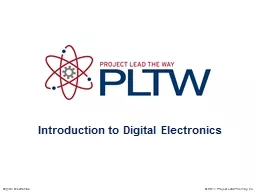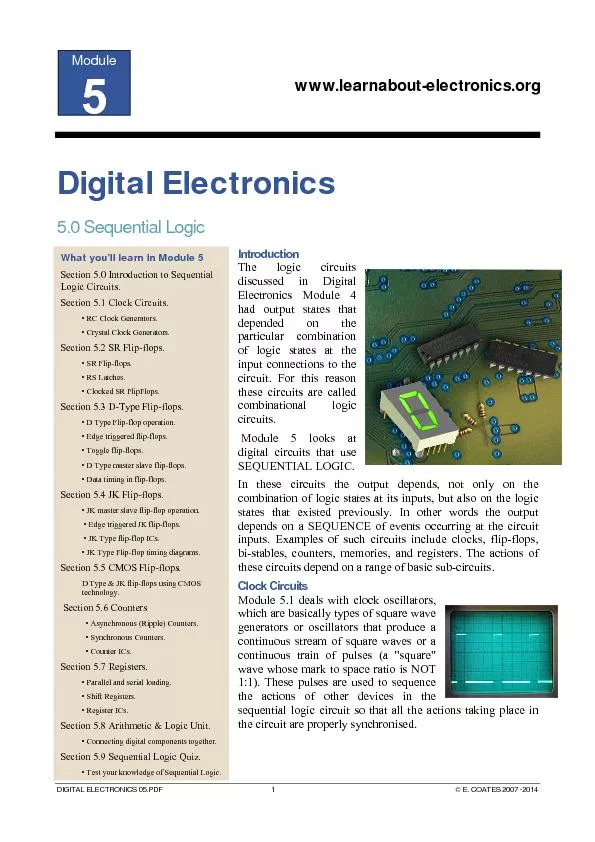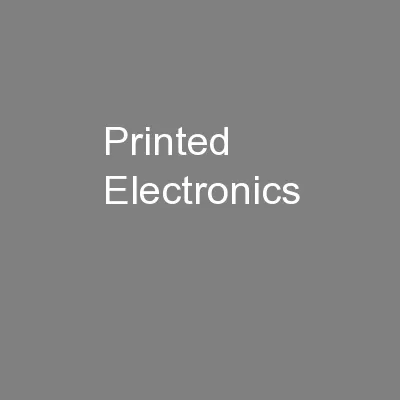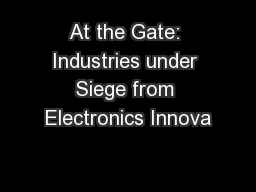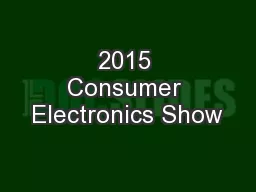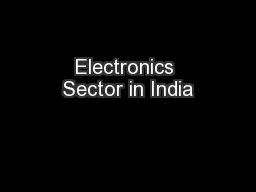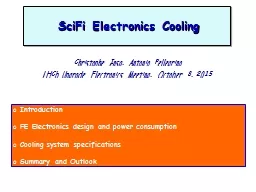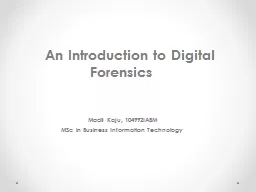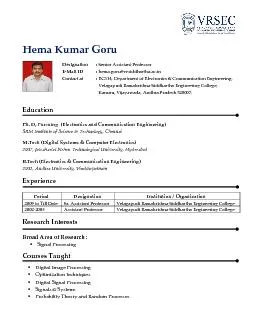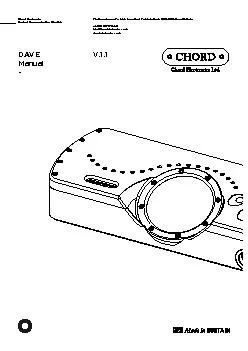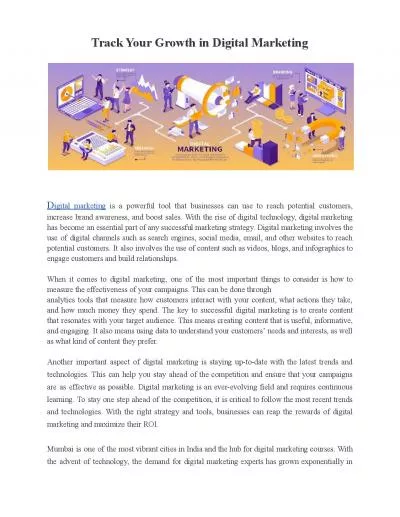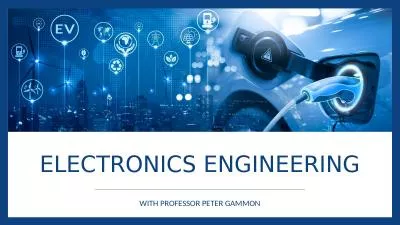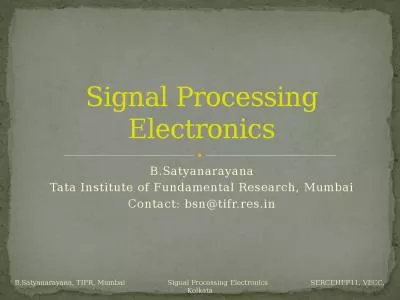PPT-Introduction to Digital Electronics
Author : jane-oiler | Published Date : 2018-11-26
2014 Project Lead The Way Inc Digital Electronics What are Digital Devices 2 A digital device contains an electrical circuit that uses discrete exact values in
Presentation Embed Code
Download Presentation
Download Presentation The PPT/PDF document "Introduction to Digital Electronics" is the property of its rightful owner. Permission is granted to download and print the materials on this website for personal, non-commercial use only, and to display it on your personal computer provided you do not modify the materials and that you retain all copyright notices contained in the materials. By downloading content from our website, you accept the terms of this agreement.
Introduction to Digital Electronics: Transcript
Download Rules Of Document
"Introduction to Digital Electronics"The content belongs to its owner. You may download and print it for personal use, without modification, and keep all copyright notices. By downloading, you agree to these terms.
Related Documents

